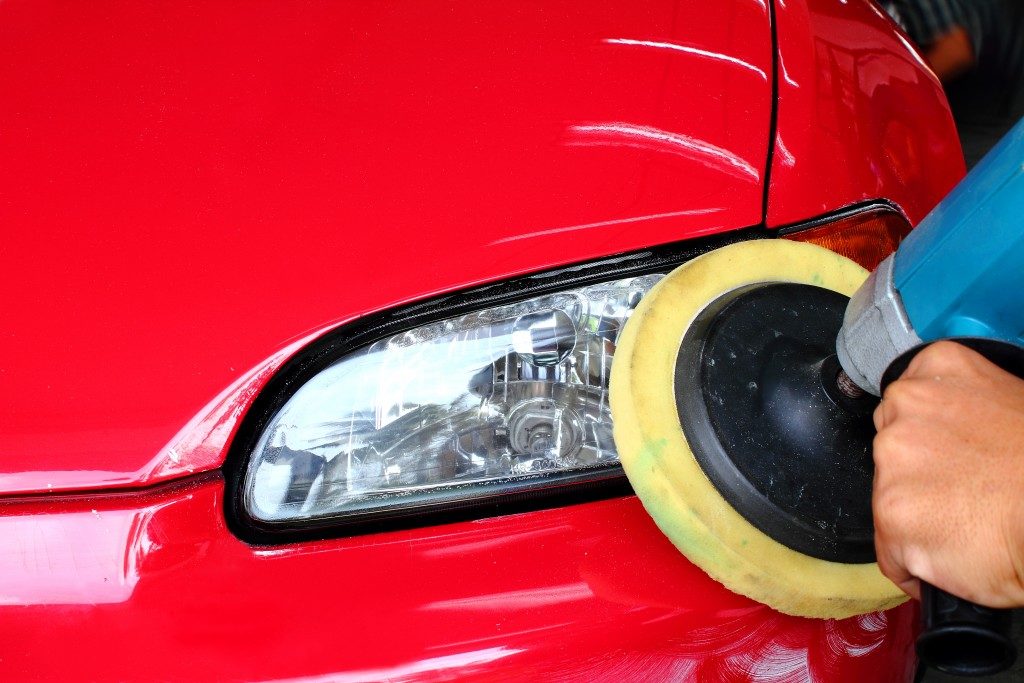Delivery services surged in demand during the pandemic. While this meant more jobs for delivery drivers, it also increased the challenges they face. Certain changes in the transport industry may also affect the welfare of drivers.
Since the pandemic isn’t going away anytime soon, there’s no better time for delivery companies to help their drivers than now. Drivers face unique challenges. The factors influencing those challenges include the items they handle, financial matters, location, and their employers themselves, to name a few. To help ease their hardships and improve their services, consider these methods:
1. Adequate Training
If your customers often complain of late deliveries, item mishandling, or unpleasant behavior, perhaps your drivers lack training. You shouldn’t blame your drivers alone for their shortcomings. Your company should take accountability in this scenario. After all, you’re the one who screened and hired the drivers.
A quick Google search will lead you to various driving school websites. Many of them offer online courses. Generally speaking, training courses cover urban driving, parking deliveries, fatigue management, and food handling. For your part, train your drivers in customer service. It is important to do so because drivers represent your business. As such, their customer service skills reflect your ethics and standards when engaging with customers.
2. Improved Technology
One of the most common challenges delivery drivers face is the logistics dilemma. Delivery startups often experience this. Many of them are torn between keeping their delivery radius restricted to a few areas or widening their geographical coverage. They also face other critical logistics issues, such as getting more orders from a specific area, acquiring sufficient vehicles, and ensuring the quality of the items they deliver.
These challenges can increase the operational costs of your business. To resolve them and boost your efficiency, improving your technology will work best. The right tech can help you streamline your management methods. Researching on the internet, for example, can lead you to useful content suggesting customer-centric marketing strategies. The internet also shows the latest trends, which will help you keep up with the market. To sum it up, technology can help you reduce driver challenges and costs and increase customer satisfaction.
3. Assist in Vehicle Maintenance
Whether you can cover certain maintenance services or leave them all to your drivers, offer assistance in any way you can. Most food delivery apps don’t purchase motorcycles for their drivers. Instead, they require their drivers to own a motorcycle before applying for the job. This is similar to Uber’s system. Their drivers also own their cars, so the company isn’t responsible for maintenance services, loan payments, and such. But since drivers use their vehicles for work purposes, companies should contribute something to ease the maintenance burden.

For example, you can set standards for your delivery motorcycles. Those standards may include guidelines for preventive maintenance and repairs. Drivers must be required to report any issue they’re experiencing with their motorcycles so that you can check if their vehicle is fit for deliveries.
If the issue may disrupt their work, advise taking the vehicle to your trusted motorcycle repair shop. Being involved in vehicle maintenance ensures that your deliveries proceed smoothly every day. It also increases your accountability when it comes to the working conditions of your drivers. If you wouldn’t let your employees work in a poorly-maintained office space, then you shouldn’t let your drivers use an impaired vehicle as well.
4. Anticipate Financial Challenges Early on
Significant changes in the transport industry can affect the financial well-being of drivers. If you don’t study these changes, you might be surprised by your drivers’ turning in their resignations all of a sudden. Hence, anticipate possible financial challenges that may come with industry changes.
For example, a California Senate bill may require Uber to treat their drivers as employees and no longer as independent contractors. This change will force Uber to decrease their payments to their drivers, pay them minimum wage, or increase their rates.
If none of those choices will do them any good, they might stop operating in California. This will hurt Uber since the state’s population of 39 million makes it a huge market for the company. On top of that, if the bill becomes a law, Uber may face legal disputes from drivers based in other states.
Even if you don’t run a ride-sharing app, an industry change like that can be relevant to delivery services. Since deliveries are booming today, the government may soon introduce potential laws so that they can benefit from your business. So stay updated on the news and protect your drivers’ welfare to the best of your ability.
Delivery drivers are considered economic frontliners in this pandemic. As such, they deserve good working conditions, fair pay, and a considerate employer. You may not ease all of their burdens, but each effort you make in improving their job experience will count.


